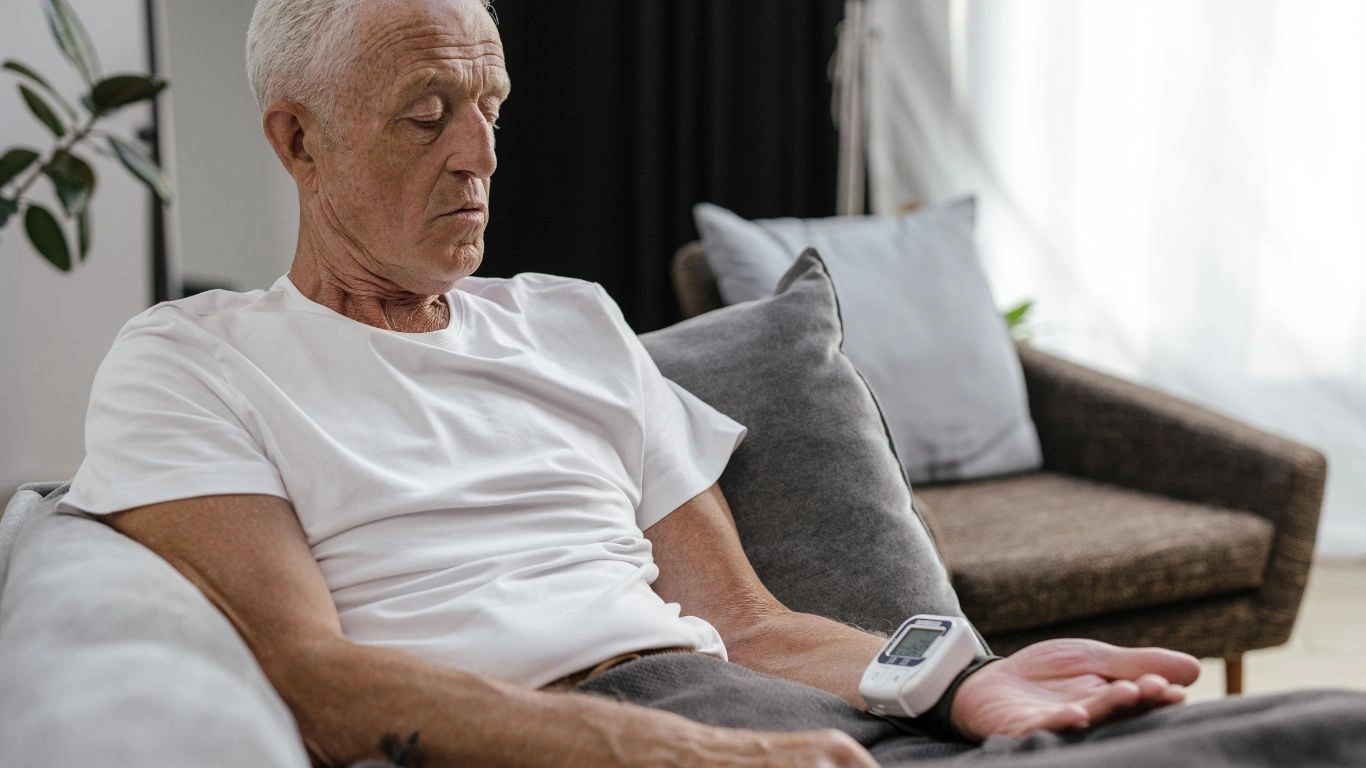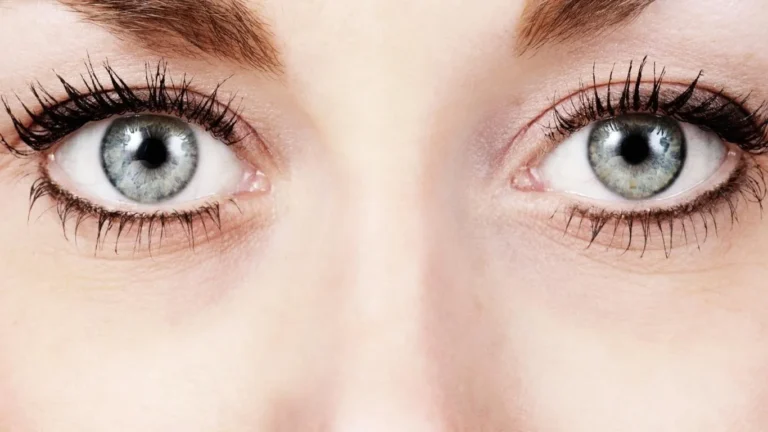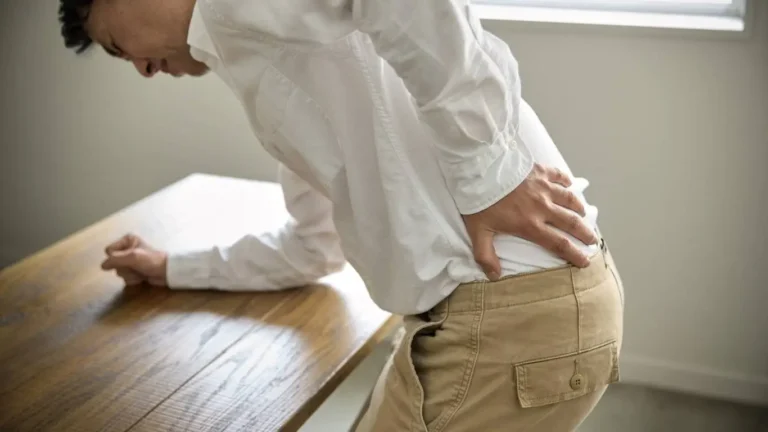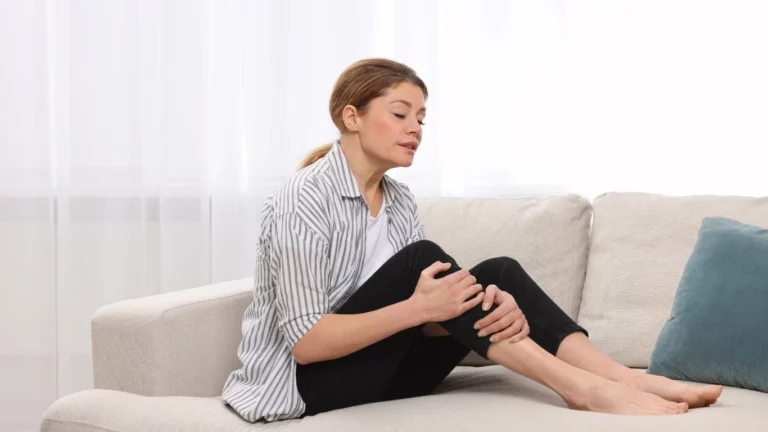How Regular Stretching Lowers Blood Pressure: A Simple Yet Effective Approach to Managing Hypertension
Hey there! If you’re anything like me, you know how important it is to keep your blood pressure in check. For many of us, managing high blood pressure means relying on medication, diet, and exercise. But have you ever thought about how regular stretching can lower blood pressure? It’s one of those things that not many people talk about, but trust me—it really works!
In this article, I’m going to dive into how simple stretches can help bring your blood pressure down naturally. And I’ll share some real-life stories and personal tips along the way, based on my experience working with patients who have successfully lowered their blood pressure through stretching.
What’s the Deal with High Blood Pressure?

Before we get into the stretching part, let’s talk about why high blood pressure is such a big deal. Essentially, it means your heart has to work harder to pump blood, which can cause strain on your arteries and organs. Over time, if left unchecked, it can lead to some serious health problems like heart disease, stroke, or kidney damage.
So, what can we do about it? Medications are one option, but I’m all about finding natural ways to support the body. Stretching, believe it or not, is a great tool in your hypertension management toolbox. But how exactly does it help?
How Regular Stretching Lowers Blood Pressure: The Science Behind It

Now, let’s break down how stretching can help lower your blood pressure. It’s not magic—it’s all about science!
1. It Helps Relieve Muscle Tension
When we stretch, we’re not just lengthening muscles; we’re also relieving tension. Think about how stiff you feel after a long day of sitting at a desk. That stiffness isn’t just uncomfortable; it can also lead to higher blood pressure because tight muscles can restrict blood flow. Stretching loosens up those muscles, helps the blood flow more freely, and ultimately reduces pressure on the heart.
2. Stretching Encourages Better Circulation
Stretching increases the flexibility of your blood vessels, which allows blood to flow more easily. The better your circulation, the easier it is for your heart to pump blood without putting too much strain on your body. Plus, improved circulation means more oxygen gets to your tissues, which is a win all around!
3. Stretching Helps with Stress
We all know how stress can wreak havoc on our health, especially our blood pressure. When we’re stressed, our body releases cortisol, which is a hormone that causes blood vessels to constrict and blood pressure to spike. Stretching, however, has a calming effect on the nervous system, helping to reduce those stress hormones and encourage a more relaxed state. It’s like hitting the reset button for your body!
What Happens When You Stretch?

So, what’s going on when you do a stretch? Is it really working? Let’s break it down further with a few examples of stretches that can help lower blood pressure.
Calf Stretches
I’m a huge fan of calf stretches, especially after a long day. By stretching your calves, you’re helping to relieve pressure in the lower legs and improving circulation throughout your body. A simple calf stretch can do wonders for your blood flow, and it’s something you can do pretty much anywhere!
Neck and Shoulder Rolls
Stress often tends to build up in the neck and shoulders. This is a spot where a lot of us hold tension without even realizing it. By rolling your shoulders and gently stretching your neck, you’re loosening up tight muscles and improving your circulation—helping your blood pressure to go down without even breaking a sweat.
Side Stretches
These are great for opening up your chest and improving lung function. The deeper you breathe, the more oxygen your body gets, and that can help lower stress levels and keep your blood pressure in check. I always recommend side stretches to my clients because they help expand the ribcage and improve both physical and mental relaxation.
Troubleshooting Common Stretching Issues

Stretching sounds easy, right? But there are some common mistakes I’ve seen that could actually do more harm than good. Let’s go over them so you can avoid them and get the most out of your routine!
1. Overstretching
You know that feeling when you stretch just a little too much and you feel a twinge in your muscle? That’s overdoing it! When you stretch too far, you risk injury, which can actually make things worse for your blood pressure. Keep your stretches gentle, and stop if you feel any sharp pain.
2. Forgetting to Breathe
Breathing is essential during stretches. When you hold your breath, it can create tension in your body, which defeats the purpose of stretching in the first place. Always focus on deep, slow breaths. Inhale as you prepare to stretch and exhale as you deepen the stretch. This will help keep your blood pressure from spiking.
3. Doing It Too Quickly
Stretching should be done slowly and with intention. If you rush through your stretches, you won’t get the full benefits. Take your time, hold each stretch for at least 20–30 seconds, and enjoy the process.
Real-Life Success Stories: Stretching for Lower Blood Pressure
I’ve seen firsthand how regular stretching can make a big difference in people’s blood pressure. Here are a couple of success stories that really stand out to me:
Case Study 1:
I had a 50-year-old woman come to me a few months ago. She had been dealing with high blood pressure for years and wasn’t keen on taking medication. We started incorporating stretching into her daily routine—just 10 minutes of light stretching in the morning. Fast forward to her follow-up appointment, and her blood pressure had dropped by 12 points! She felt more relaxed and was thrilled with the results.
Case Study 2:
Another client, a 60-year-old man, was struggling with stress-induced hypertension. He was working long hours and feeling the pressure, literally. After just a few weeks of stretching—plus some deep breathing exercises—his blood pressure readings were down, and he reported feeling less stressed. He told me he was even sleeping better!
Key Takeaways
– Stretching is a simple, natural way to lower blood pressure by improving circulation, relieving tension, and reducing stress.
– It’s not a replacement for medications, but when used alongside other treatments, it can be incredibly effective.
– Regularity is key! Stick with it, and you’ll likely start seeing results in just a few weeks.
5 FAQs About Stretching and Blood Pressure
1. How often should I stretch to see results?
Try to stretch every day, even if it’s just for 10–15 minutes. Consistency is the key to seeing lasting benefits.
2. Can stretching really replace my blood pressure medication?
Stretching can help lower blood pressure, but it should complement your medication, not replace it. Always talk to your doctor about any changes to your routine.
3. What types of stretches are best for lowering blood pressure?
Focus on stretches that relieve muscle tension and improve circulation, like calf stretches, neck rolls, and side stretches.
4. How long should I hold each stretch?
Aim for 20–30 seconds per stretch, and repeat 2–3 times.
5. Is it safe to stretch if I have high blood pressure?
Yes! Stretching is safe for most people with high blood pressure. Just be mindful not to push too hard, and listen to your body.
Appendix
References:
Health Usias – A trusted source of health tips.
Disclaimer:
This article is for informational purposes only and should not replace medical advice. Always consult with your healthcare provider before making any changes to your exercise or medication routine.
Call to Action:
If you’re ready to start lowering your blood pressure with stretching, begin with these simple stretches today! Don’t forget to share your progress with us. Your health is worth it!

Dr. Gwenna Aazee is a board-certified Internal Medicine Physician with a special focus on hypertension management, chronic disease prevention, and patient education. With years of experience in both clinical practice and medical writing, she’s passionate about turning evidence-based medicine into accessible, actionable advice. Through her work at Healthusias.com, Dr. Aazee empowers readers to take charge of their health with confidence and clarity. Off the clock, she enjoys deep dives into nutrition research, long walks with her rescue pup, and simplifying medical jargon one article at a time.






